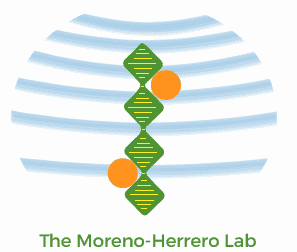Structure and activity of human surfactant protein D from different natural sources
Raquel Arroyo, Mercedes Echaide, Robert Wilmanowski, Alejandro Martin-Gonzalez, Emma Batllori, Alberto Galindo, Jan S. Rosenbaum, Fernando Moreno-Herrero, Paul S. Kingma, and Jesús Perez-Gil
Surfactant protein D (SP-D) is a C-type lectin that participates in the innate immune defense of lungs. It binds pathogens through its carbohydrate recognition domain in a calcium-dependent manner. Human surfactant protein D (hSP-D) has been routinely obtained from bronchoalveolar lavage of patients suffering from pulmonary alveolar proteinosis (PAP) and from amniotic fluid (AF). As a consequence of the disease, hSP-D obtained from PAP is found in higher amounts and is mainly composed of higher order oligomeric forms. However, PAP-hSP-D has never been directly compared with nonpathological human protein in terms of structure and biological activity. Moreover, the quantitative distribution of the different hSP-D oligomeric forms in human protein obtained from a natural source has never been evaluated. In this work, we have determined the quantitative distribution of AF-hSP-D oligomers, characterized the sugars attached through the N-glycosylation site of the protein, and compared the activity of hSP-D from AF and PAP with respect to their ability to bind and agglutinate bacteria. We have found that fuzzy balls (40%) are the most abundant oligomeric form in AF-hSP-D, very closely followed by dodecamers (33%), with both together constituting 73% of the protein mass. The glycan attached to the N-glycosylation site was found to be composed of fucose, galactose, sialic acid, and N-acetylglucosamine. Finally, in the functional assays performed, hSP-D obtained from PAP showed higher potency, probably as a consequence of its higher proportion of large oligomers compared with hSP-D from AF.
